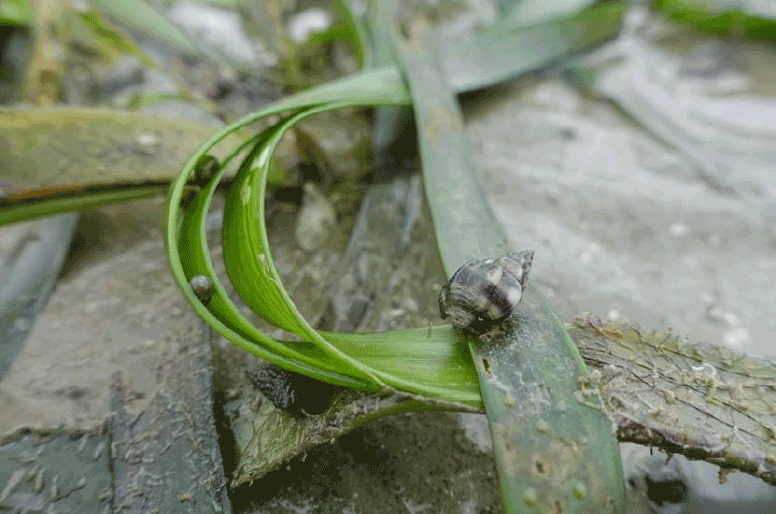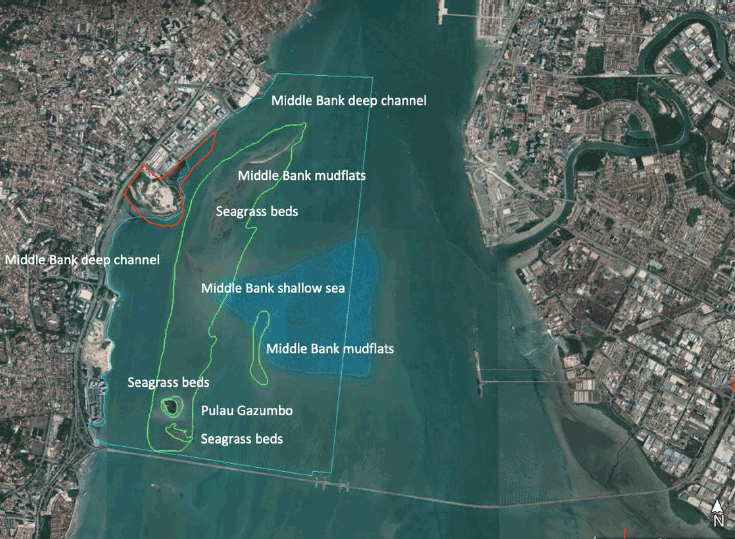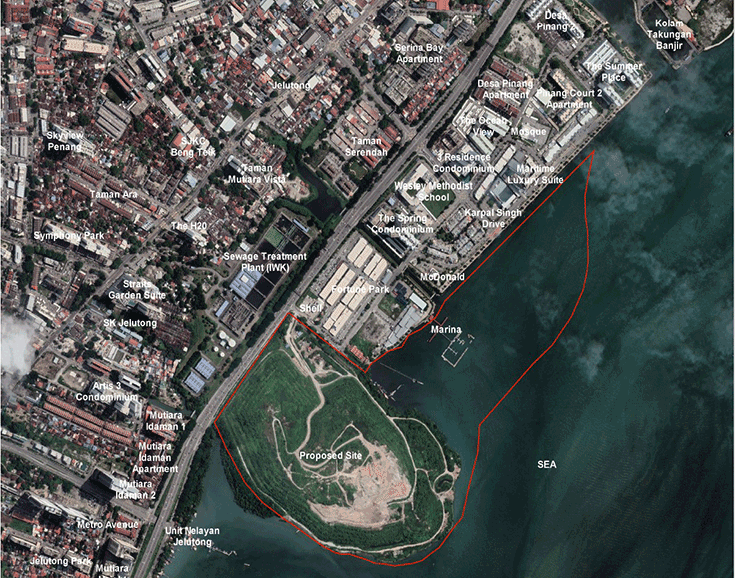
Middle Bank Sanctuary At Risk
Reclamation near Karpal Singh Drive threatens Penang's vital marine ecosystem, despite assurances. Science shows the real danger.
Demand Protection
Reclamation near Karpal Singh Drive threatens Penang's vital marine ecosystem, despite assurances. Science shows the real danger.
Demand ProtectionJust off the Jelutong coast lies the Middle Bank, a proposed Marine Sanctuary spanning 10 km². This isn't just seawater; it's a globally significant biodiversity hotspot identified by the Penang state's own think tank, the Penang Institute. Their research (Protecting Penang’s Marine Biodiversity: Establishing the Middle Bank Marine Sanctuary) reveals a staggering richness of life:
This sanctuary acts as Penang's natural defense, with ecosystems (seagrass beds, mudflats) providing coastal protection, stabilizing the seabed, purifying water, and sequestering carbon far more effectively than forests. Its value was further underscored in 2022 with the discovery of two new sea cucumber species: Euthyonidiella zulfigaris and Acaudina spinifera.

Source: Penang Institute (Figure 5-1). Redline added to approximate reclamation site.
A 70-acre reclamation project is proposed dangerously close to this sanctuary, involving dumping 5.2 million cubic meters of sand (PLB – EIA Report, Table 5.15). Despite official assurances that the project will not encroach on the sanctuary, the developer's own Environmental Impact Assessment (EIA) report explicitly states:
"...The project site including the proposed reclamation area is located at the middle banks..."
- (PLB – EIA Report, Page 6.35)
This directly contradicts claims of non-encroachment and confirms the project lies within or adjacent to the Middle Bank's deep channel (as defined by the Penang Institute’s research.), a critical part of the ecosystem.

Image Source: PLB – EIA Report, Executive Summary, P.E1. Redline indicates reclamation boundary.
Even if claims of *no physical overlap* were true (which the EIA contradicts), the project poses severe threats through indirect impacts:
Leading marine scientists have voiced critical concerns:
Professor Aileen Tan warns that the project's proposed 500-metre buffer zone will still encroach into half of the Middle Bank, risking irreparable harm to seagrass meadows.
- Prof. Aileen Tan, Director, USM Centre for Marine and Coastal Studies (CEMACS)
(Source: Malaysiakini)
Dr. Jilliana Ooi explains that reclamation fundamentally alters hydrodynamics, leading to siltation that smothers seagrass. She notes seagrass restoration efforts have a success rate below 40%, making replanting largely ineffective against such large-scale destruction.
- Dr. Jilliana Ooi, Marine Ecologist, Universiti Malaya
(Source: Malaysiakini)
Proposed mitigation measures cannot fully counteract the massive ecological disruption caused by dumping millions of cubic meters of sand into a sensitive marine environment. This isn't sustainable development; it's risking the permanent loss of an irreplaceable natural treasure.
The Middle Bank Marine Sanctuary is a vital part of Penang's natural heritage, a crucial defense against climate change impacts, and a source of livelihood. We have a responsibility to protect it for future generations.
Urban progress and environmental conservation are not mutually exclusive. Protecting the Middle Bank is critical for maintaining our fisheries, coastal protection, and climate resilience.
*Primary data on species and ecosystem sourced from: Protecting Penang’s Marine Biodiversity: Establishing the Middle Bank Marine Sanctuary (MBMS) (2023), Penang Institute.
The science is clear: this reclamation project threatens a vital ecosystem. Demand that the government gazette the Middle Bank Marine Sanctuary and halt this destructive project.
Sign the Petition Now